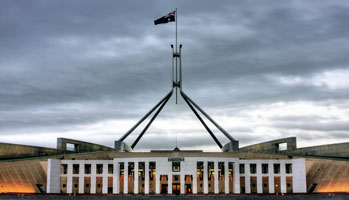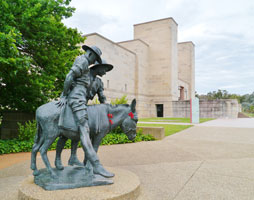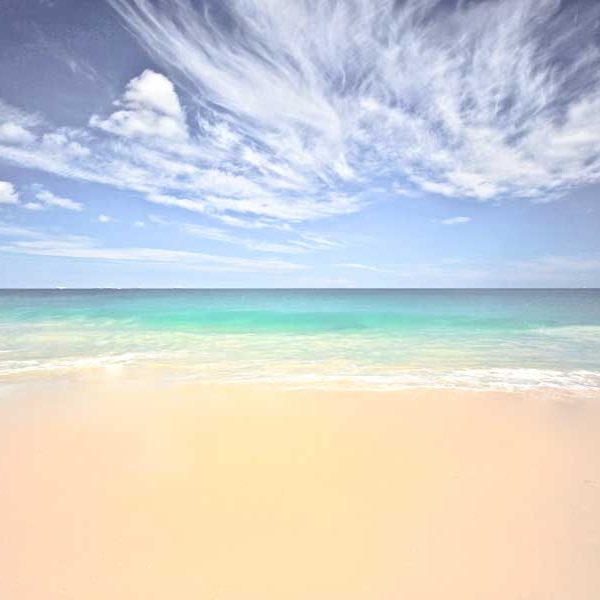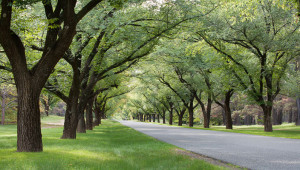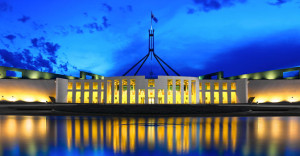Capital Territory (ACT) is Australia’s smallest territory with the population only slightly over 380 000 people.
The self-governing internal territory is located in the southeast part of Australia and the whole area of ACT is surrounded by New South Wales.
The territory was established as a result of decision to develop the national capital in 1901.
Due to the rivalry of Melbourne and Sydney, a compromise to build Canberra approximately in between those two cities was made.
The capital city Canberra was named the national capital in 1913 and the design of this entirely planned city was made mostly by the American architect Walter Burley Griffin.
The name Canberra is said to mean a “meeting place” in indigenous Aboriginal language.
Canberra’s inner city area is surrounded by man made Lake Burley Griffin (named after the city’s architect). Most of the territory’s landscape is otherwise covered by rugged plains and mountains and major part of the area is being protected with status of a national park.
That are areas where plenty of walking trails within the Tidbinbilla National Reserve or Namadgi National Park can be found. Australian Alps and surrounding wineries are also worth the visit.
Australian Capital Territory is mostly interesting thanks to its museums and art galleries in the capital city. The Australian War Memorial is a tribute to all Australians who died during wars and is being a shrine, museum and a comprehensive archive at once.
The Parliament House building upon Capital Hills also belongs to the most important points of interest. Showing the importance of Australian history – National Gallery of Australia, National Portrait Gallery and National Museum of Australia combine artwork and artefacts in a great way of the narrative history.
Canberra is also a host of The Floriade Festival, which is an annual four weeks celebration of spring with thousands of flowers.
Australian Capital Territory is also an important centre for education being home to Australian National University and University of Canberra.
As being a state’s capital, Canberra plays high importance for all political reportages and regular television broadcasts about the political situation.
 TravellerHints!
TravellerHints! 